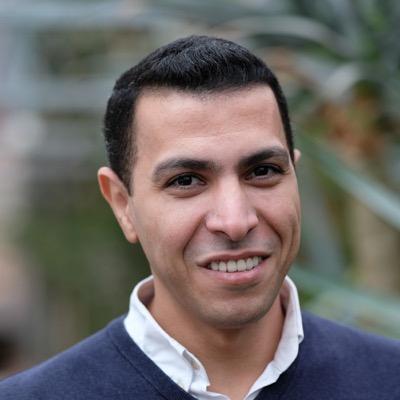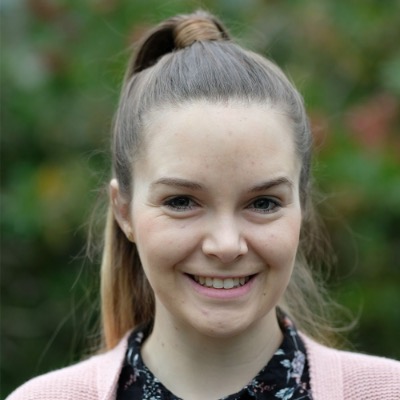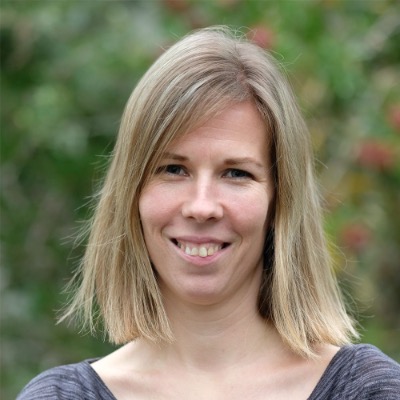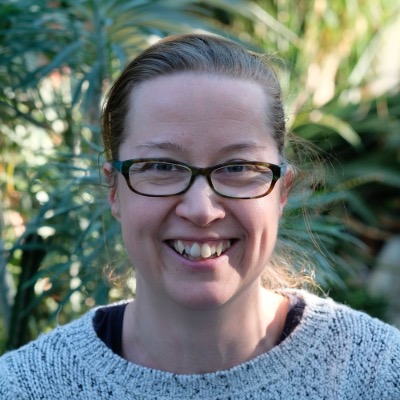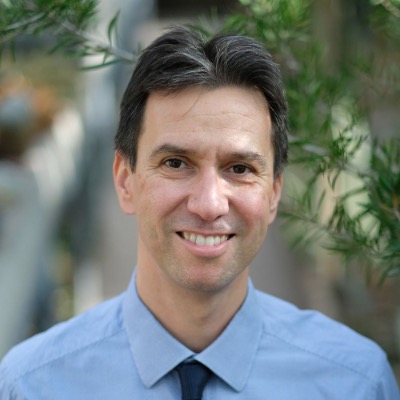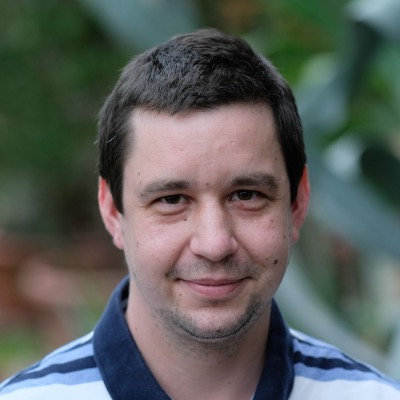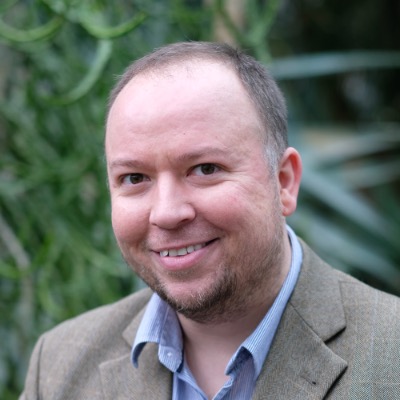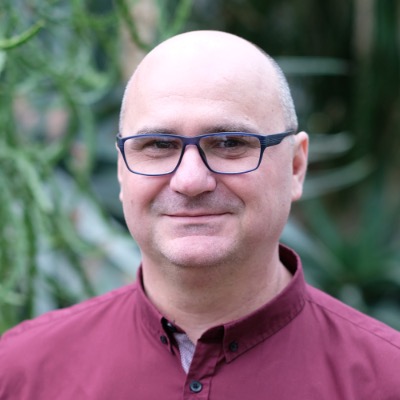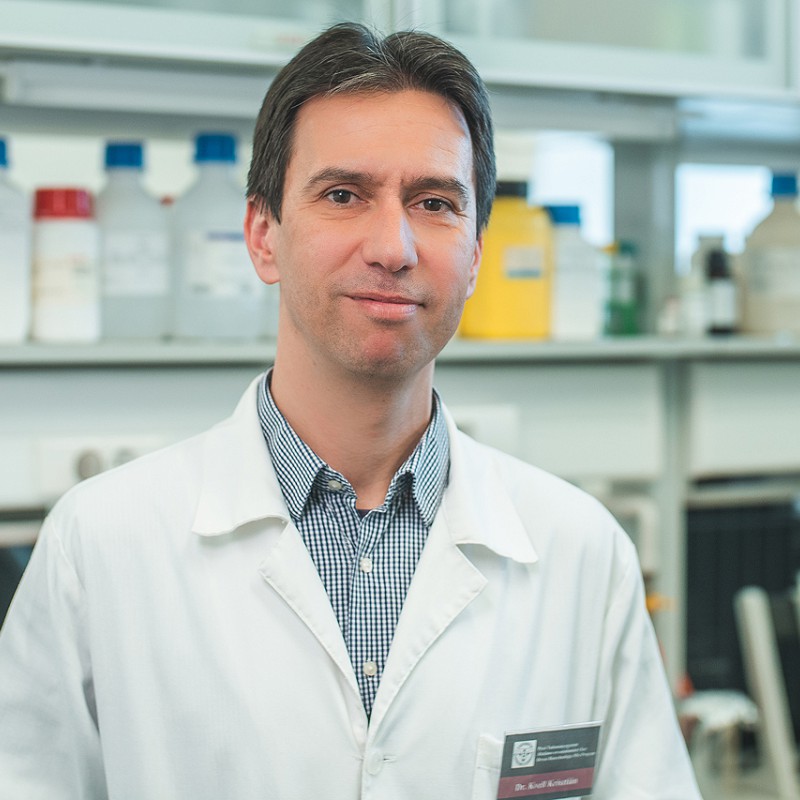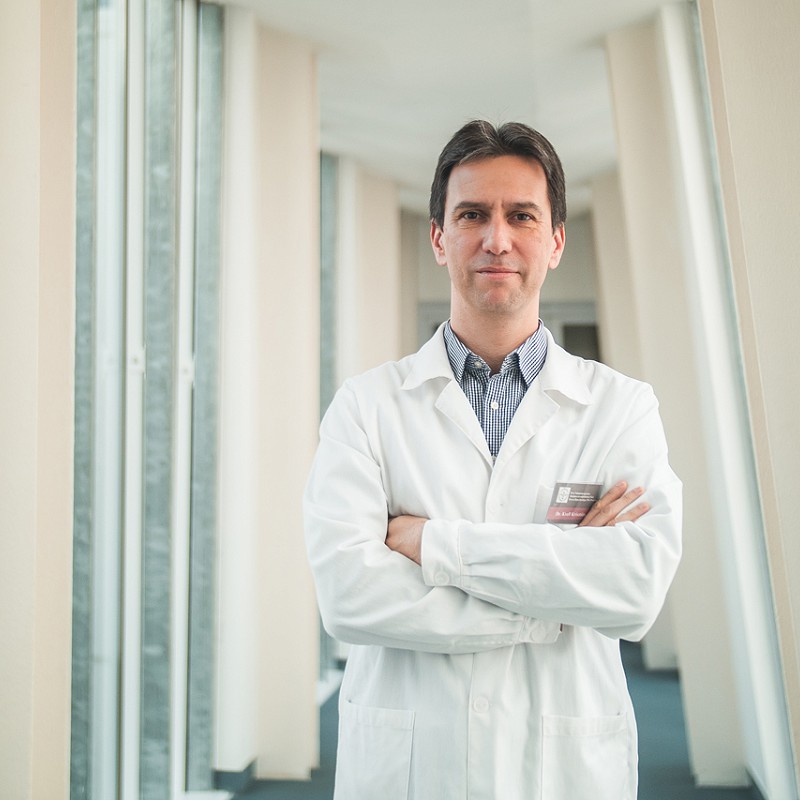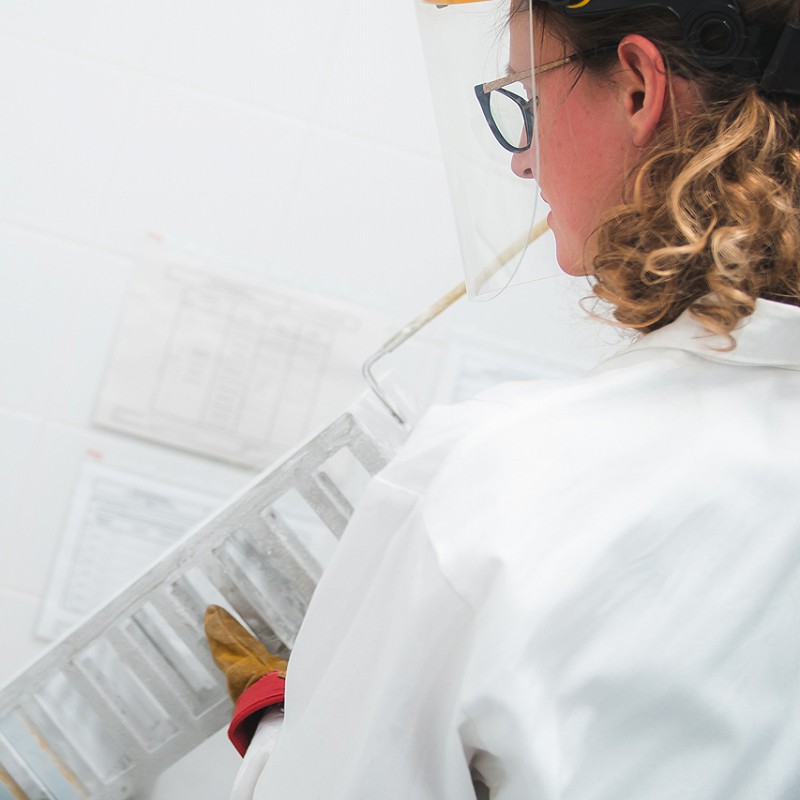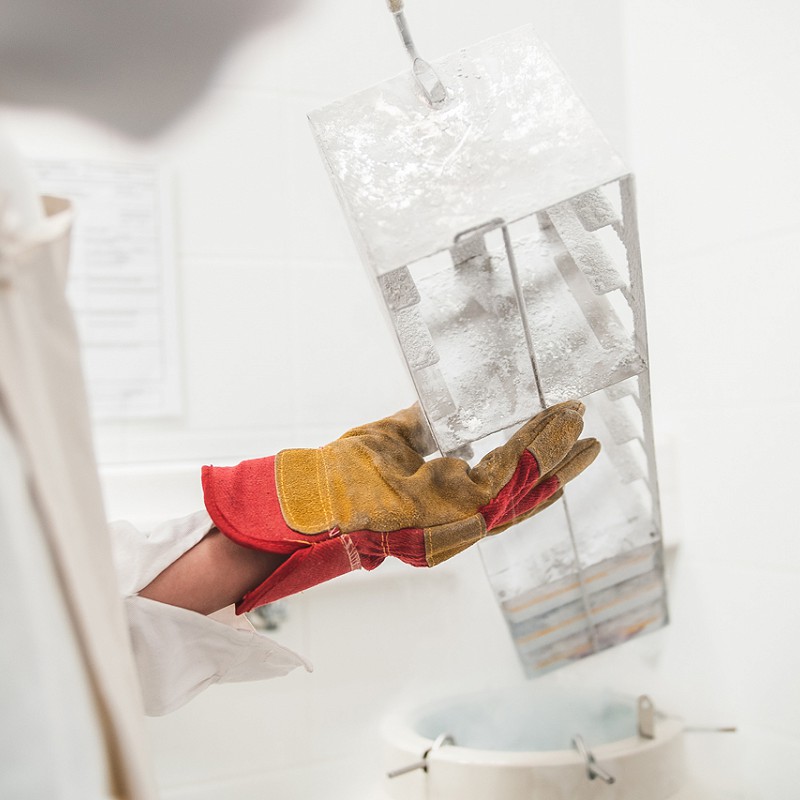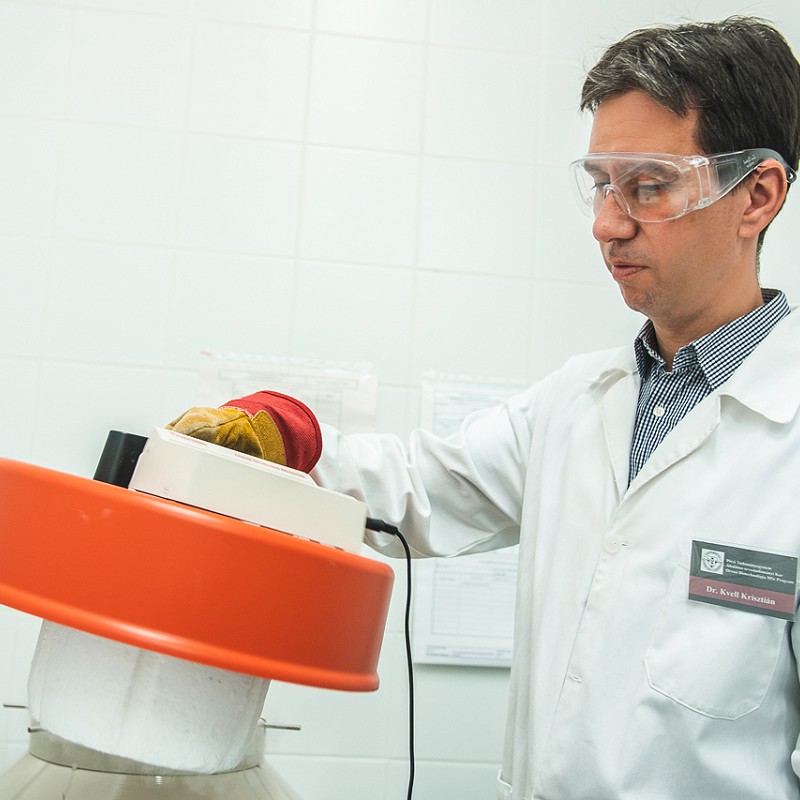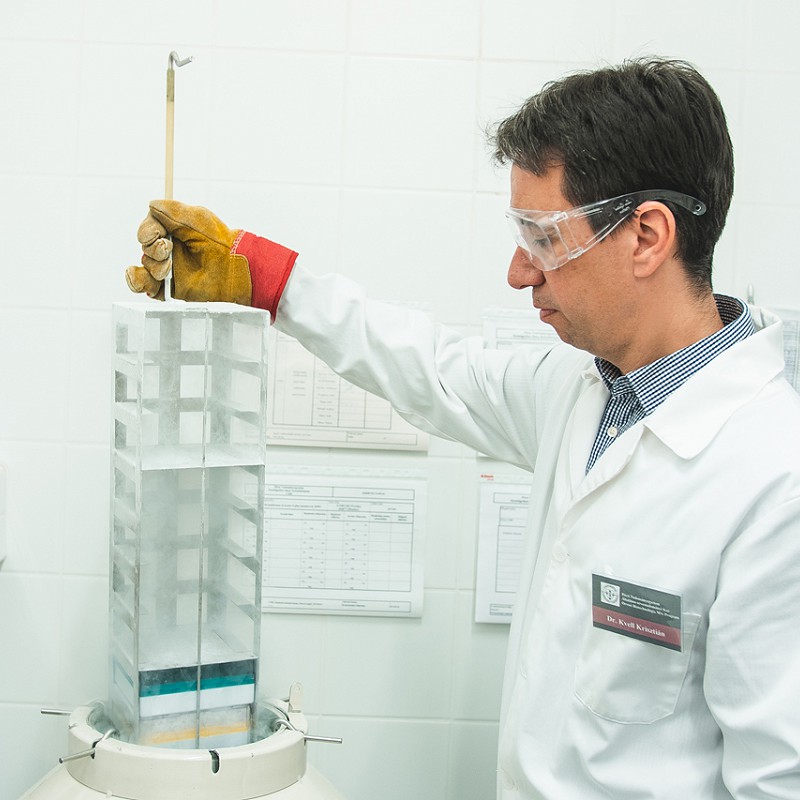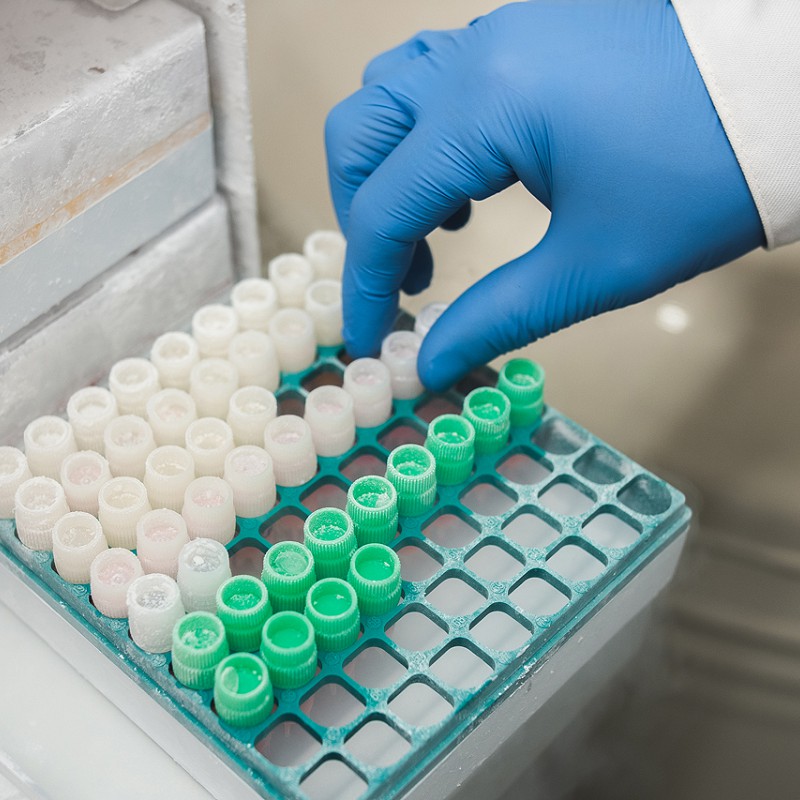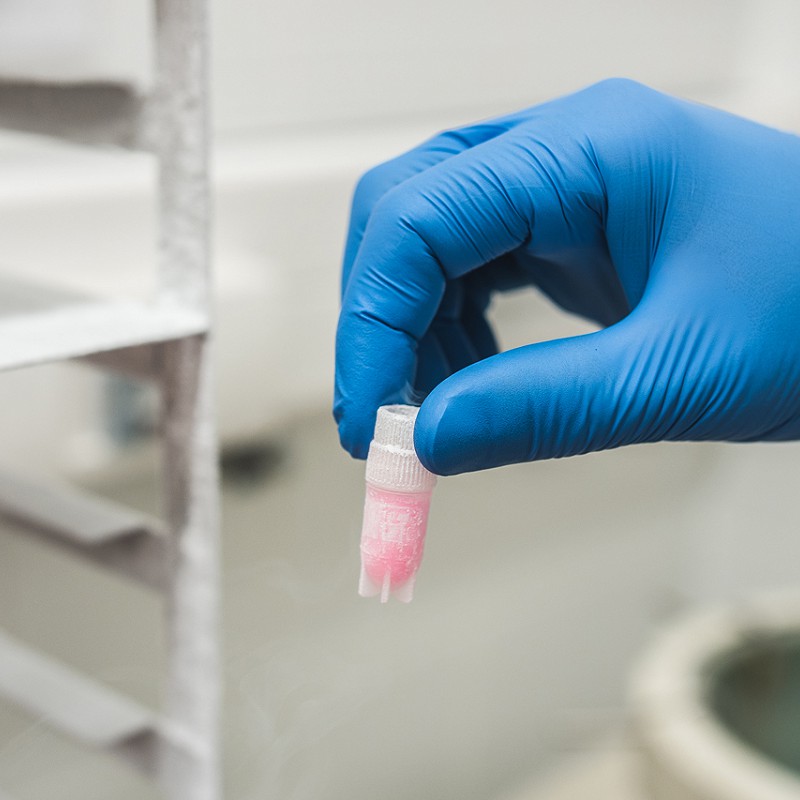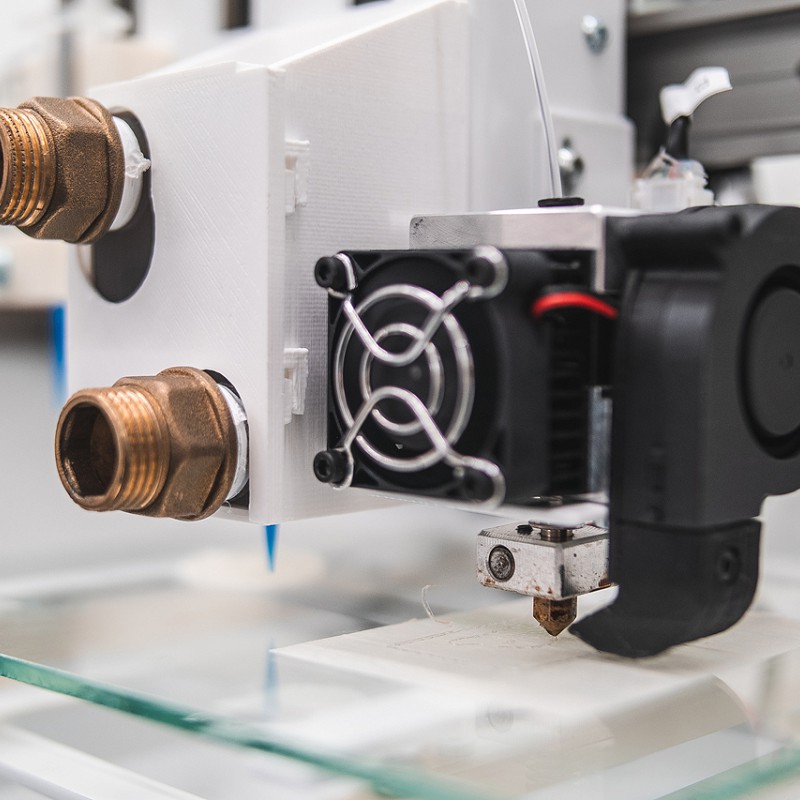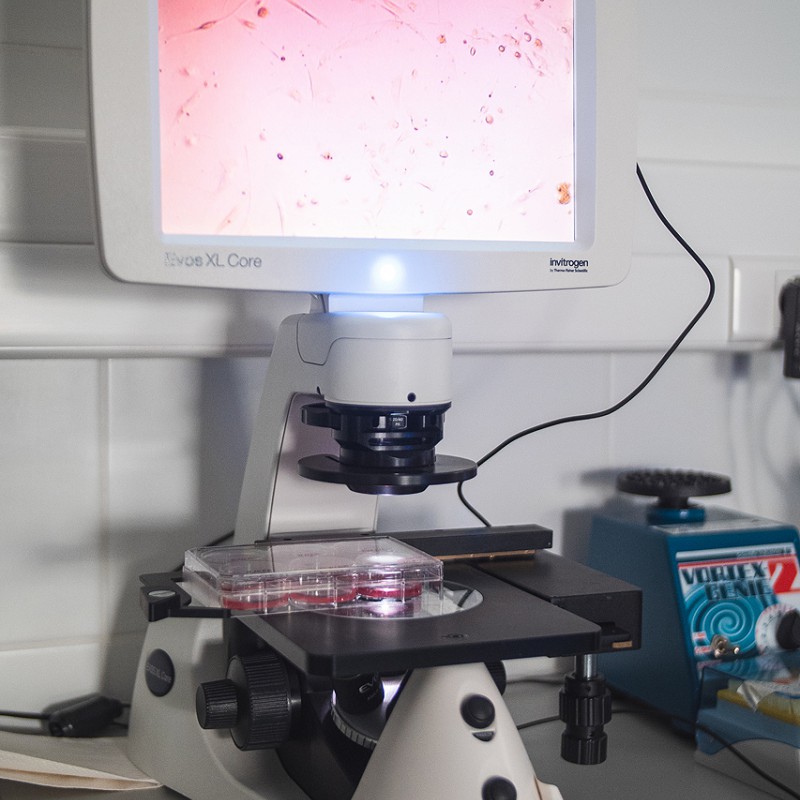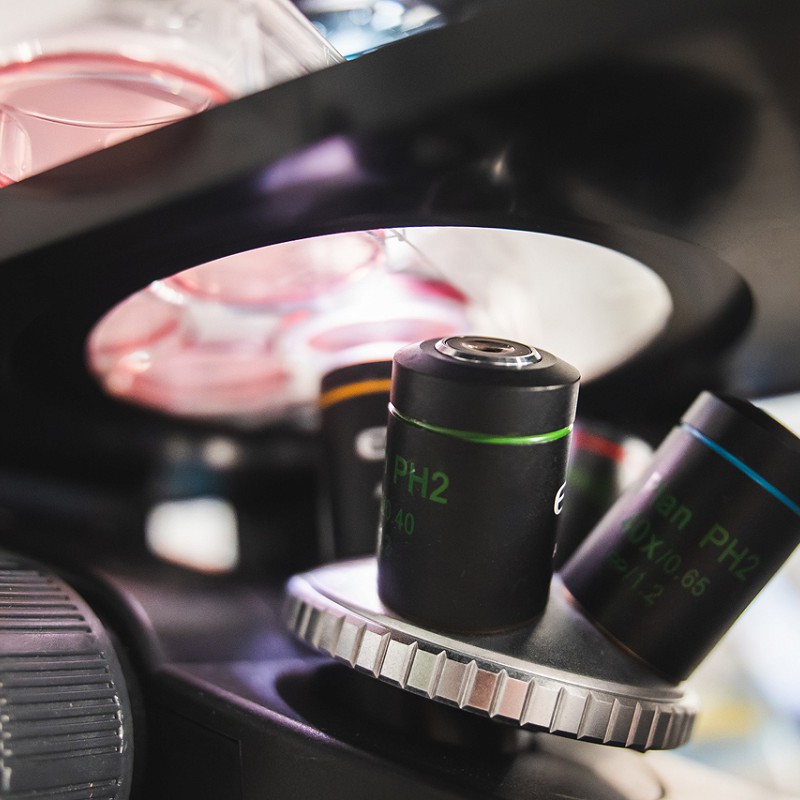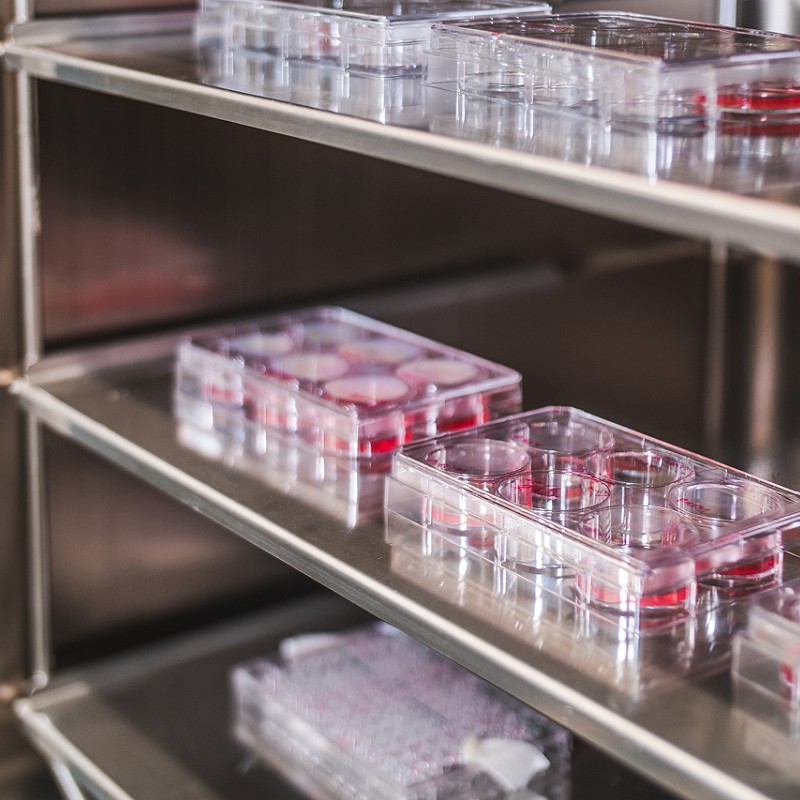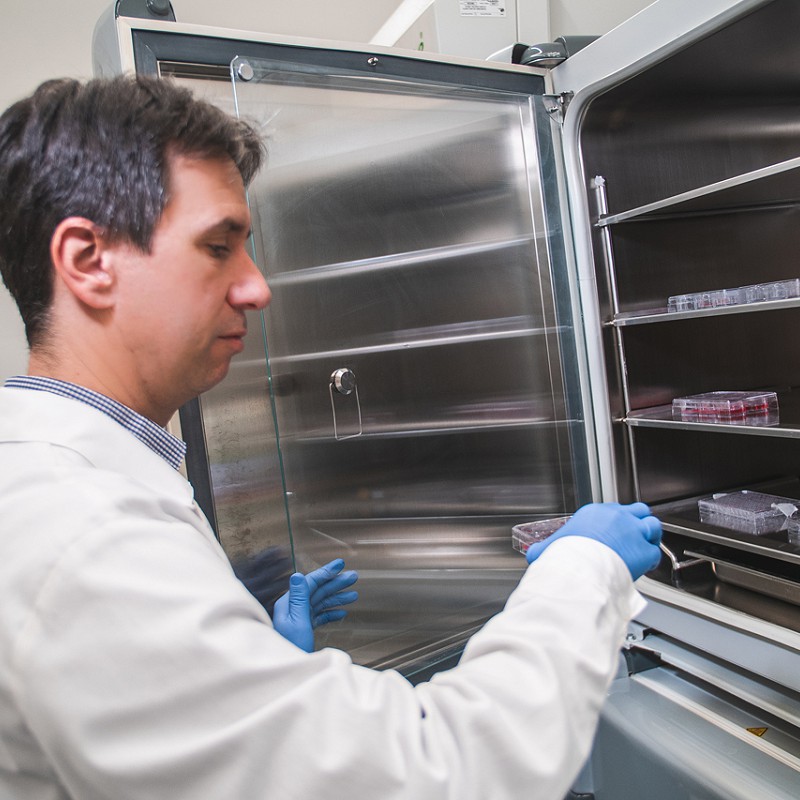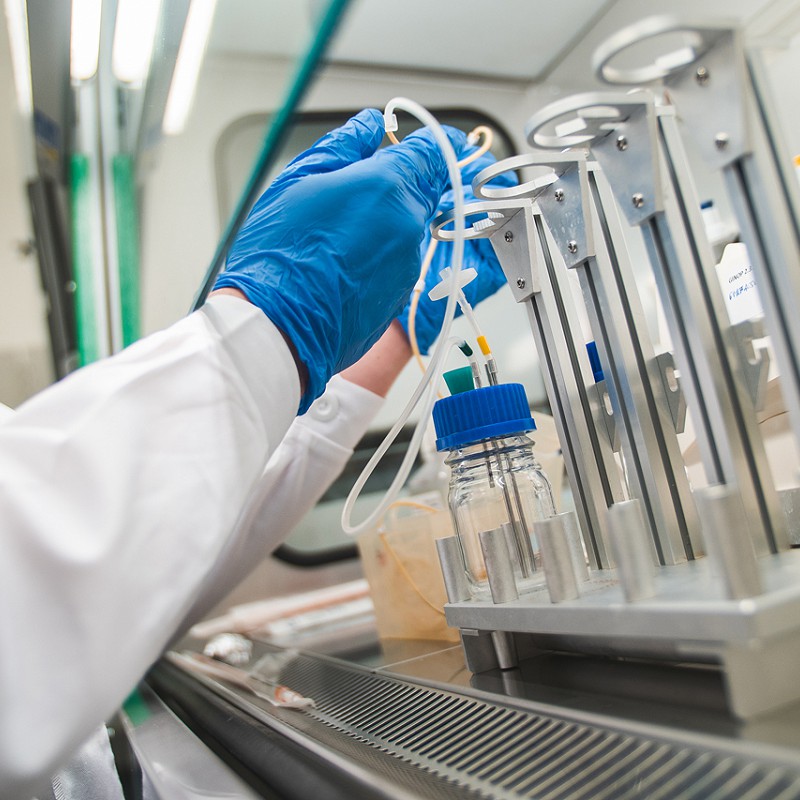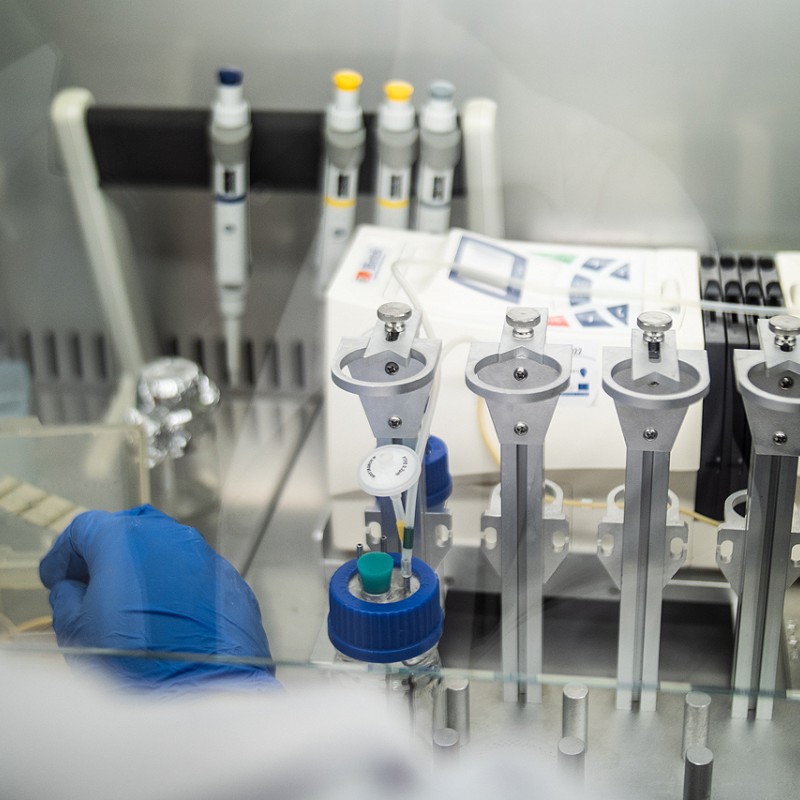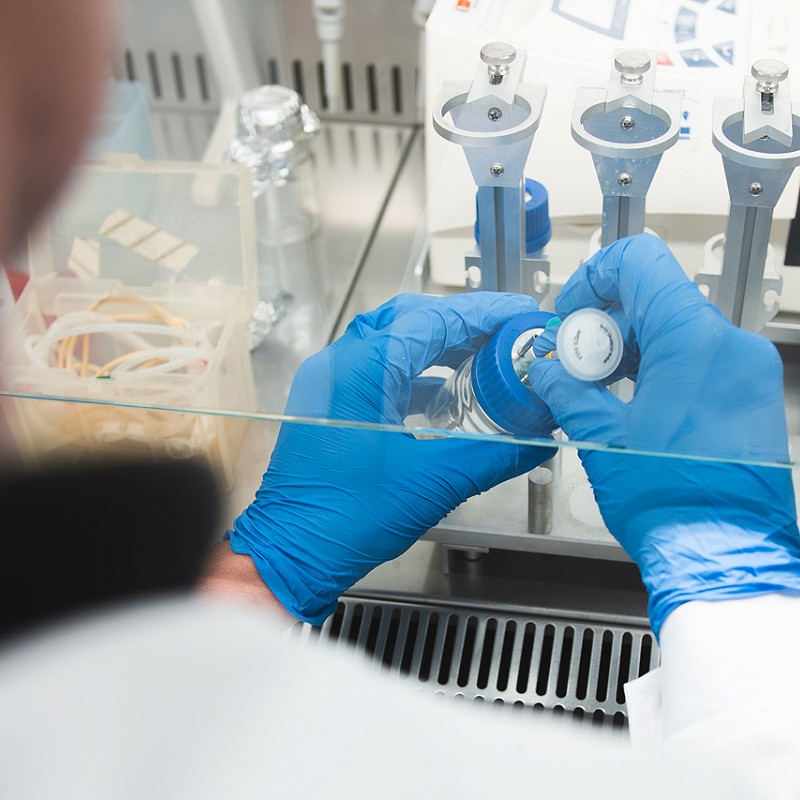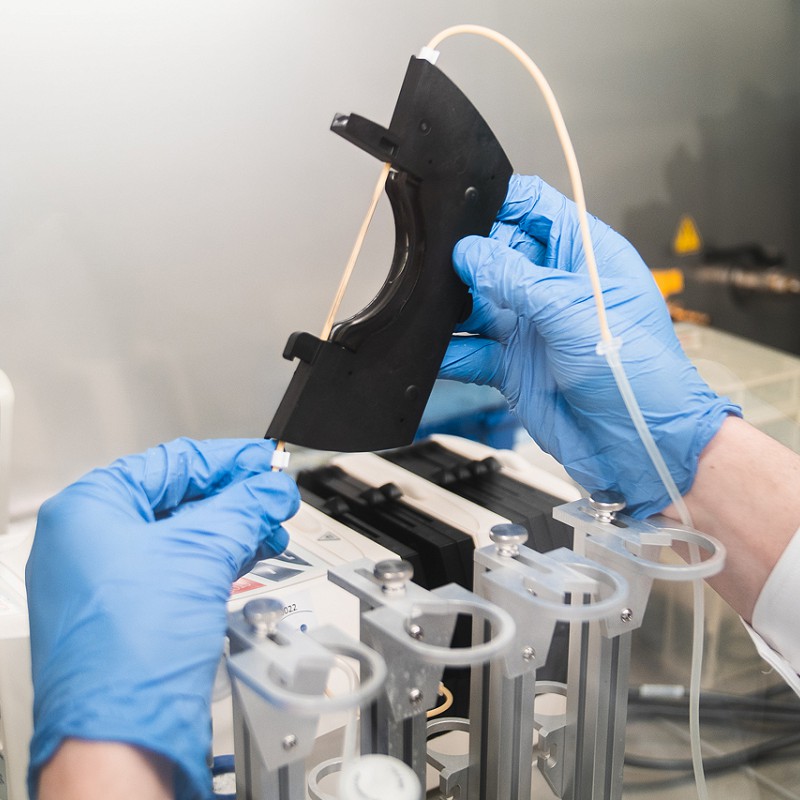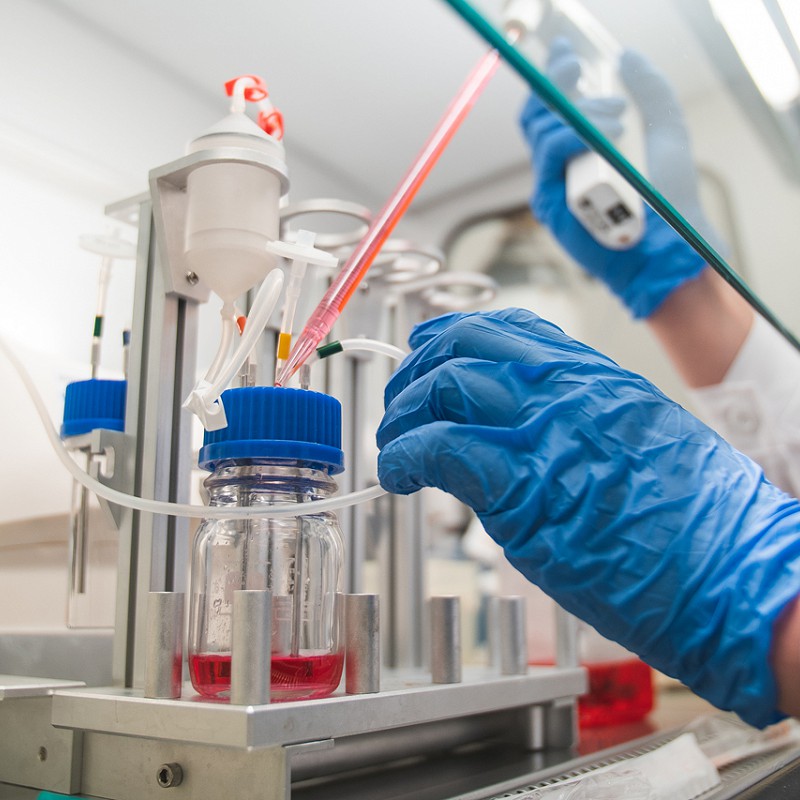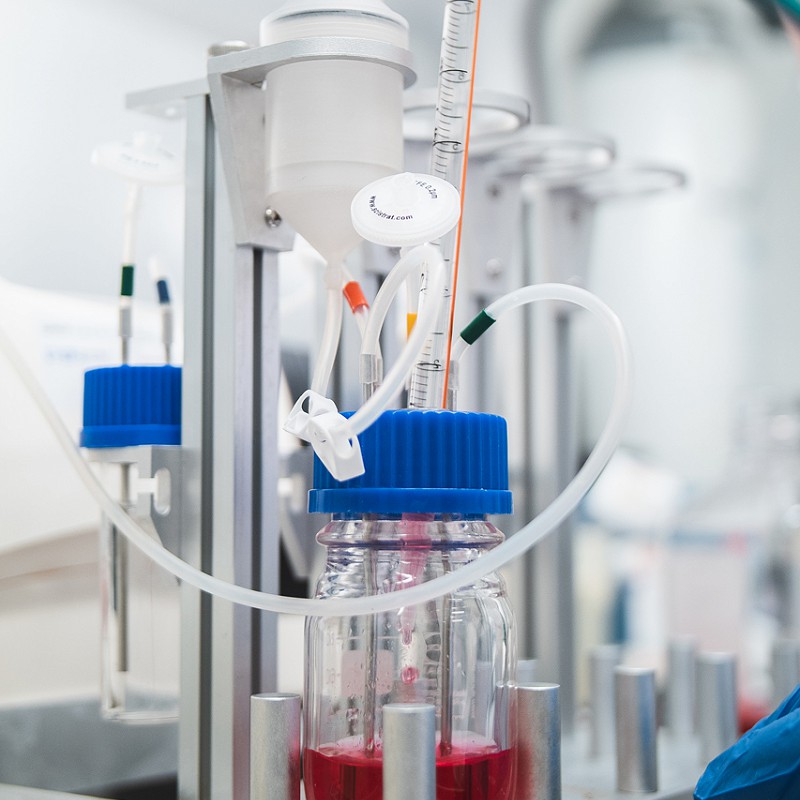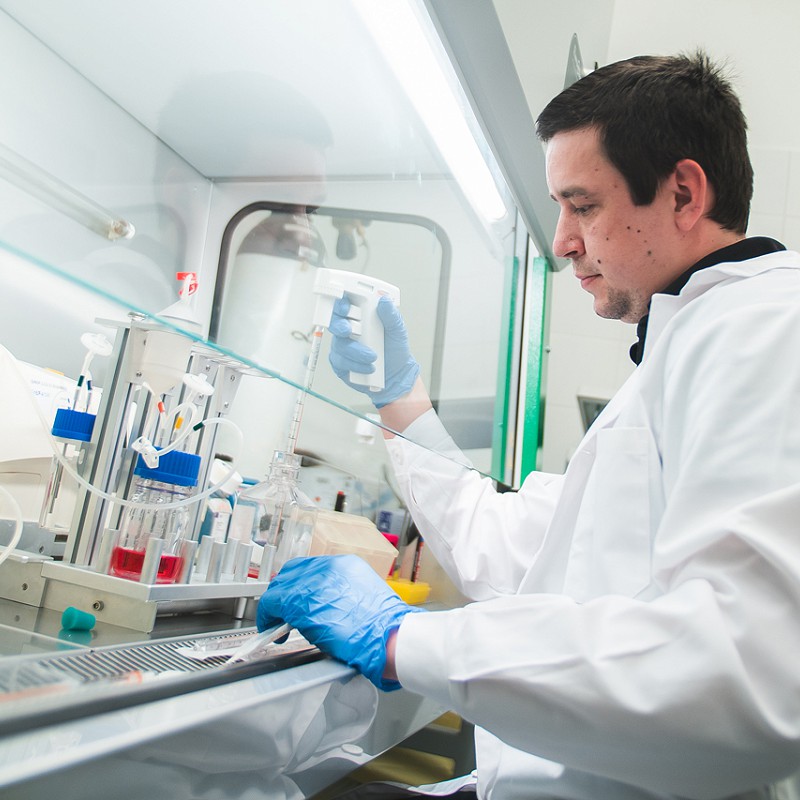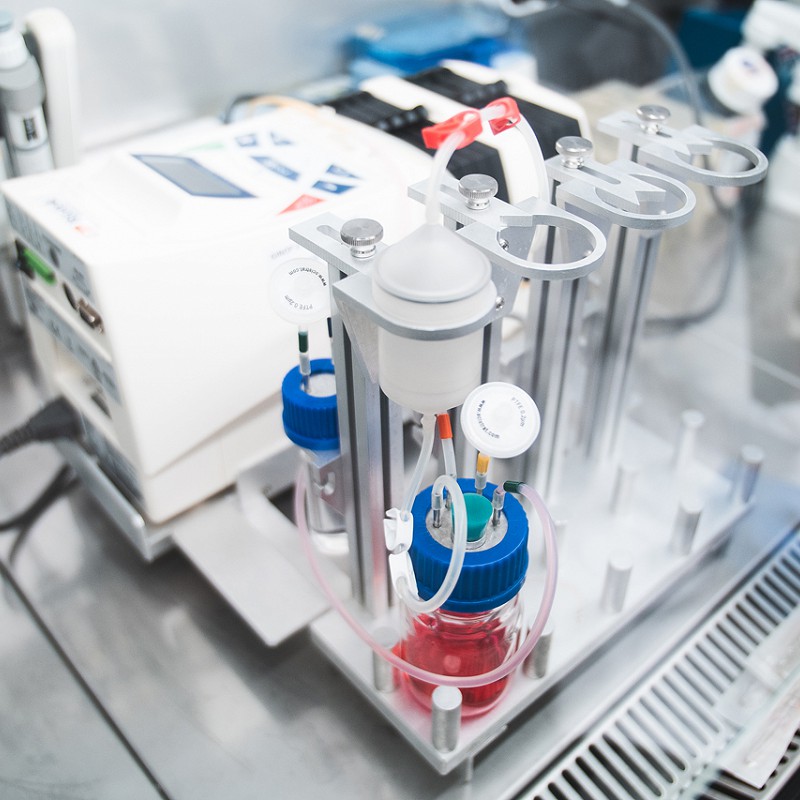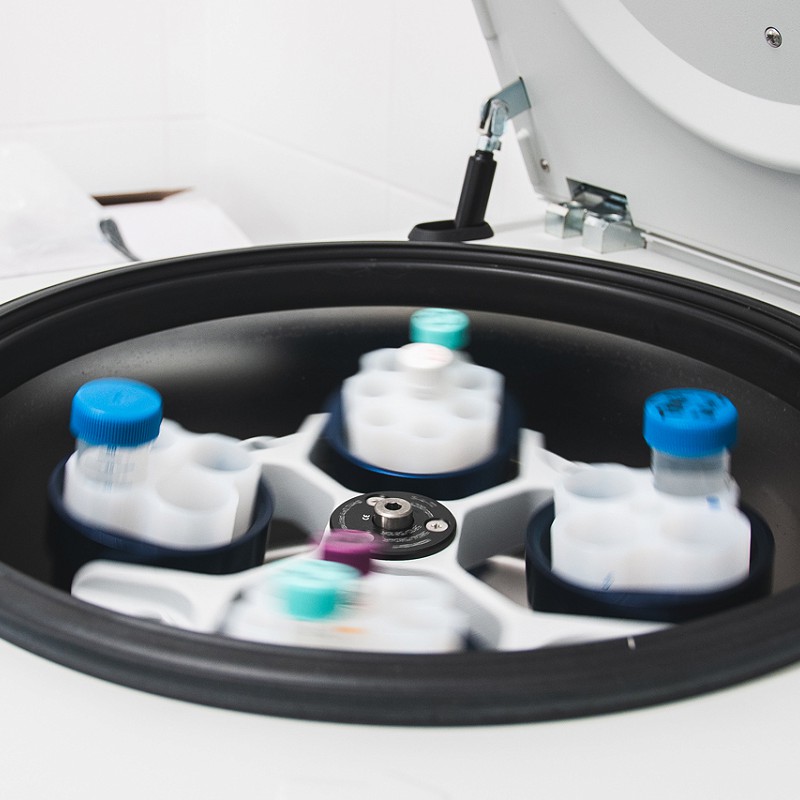The group's activities
Bioprinting, or tissue printing, is a central part of a process that is preceded by cell culture using conventional methods or in a bioreactor, followed by the maturation of the finished tissue. The activities broken down to persons below can all be grouped around the diverse application, service, research, and potential clinical use of this process. These include: modeling of common (e.g. cancerous) and rare (e.g. genetic) diseases, magnetic aggregation of cell cultures that are difficult to aggregate, traditional (cell culture) and alternative (e.g. toxicological, stem cell differentiation) use of the bioreactor system, nanotechnological materials science innovation, artificial neural network data analysis, professional language activities to ensure the display of data in publications and education, etc.
Commitments
Topics of current and planned educational activities
- In the UPMS Biotechnology Master’s program: Advanced Tissue Cultures (compulsory subject)
- In the UP MIK Bioengineer Master’s program: 3D Bioprinting (elecitve subject)
Topics of current and planned patents
- Research and clinical applications of 3D lung reaggregation cultures
- Applications of nanotechnological steroid products
- Creating personalized bone and cartilage tissue through 3D culture
- Use of toxicological homonculus to test new active substances
